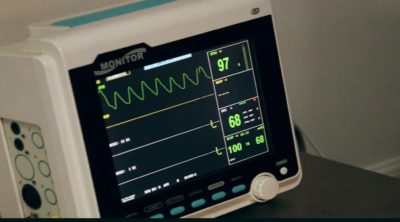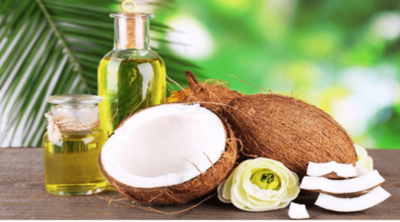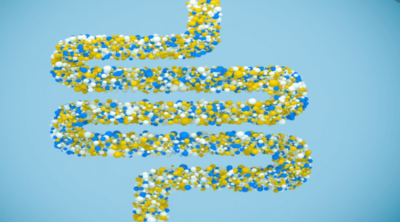
Itchy rash on arms or elsewhere should not be concerning if it resolves within a day or two. But if you think that the problem is getting worse with time, then you ought to know what’s causing it.
In most cases, itchy skin rash appears to be mild initially. But depending on its underlying cause, it may become irritating and painful with time. The following lists some common medical conditions behind itchy skin rash and what their treatment plan comprise.
Lichen Planus – An itchy skin rash that mostly occurs on arms is caused by the chronic inflammatory skin condition called lichen planus. The condition mostly affects the inner forearm and inner wrist. Lichen planus is not infectious. The rash may be accompanied by:
» Lesions or groups of them
» Lesions may be purplish, flat-topped, and have vivid sharp borders
» Affected skin may become scaly or have a shiny appearance
» Lesions may be covered by white lines. These lines are called Wickham striae
Treatment plan:
- Corticosteroids
- Retinoids
- Nonsteroidal creams or ointments
- Antihistamines
- Phototherapy
- Managing triggers
Contact Dermatitis – A common condition of the skin, contact dermatitis results from irritants or allergens coming in contact with your skin. It is, however, not contagious or life-threatening. Other than causing an itchy rash, it may also trigger:
» Red bumps
» Scaly, thickened skin
» Blisters
» Pain and tenderness in the affected area
Treatment plan:
- Avoiding substances that may act as irritants or allergens
- Topical medicines to relieve itching
- Oral drugs (in severe cases)
Ringworm Infection – If an itchy rash has a circular shape that is red and inflamed at the edges, and of a normal skin tone in the center, then it is a ringworm infection. It is highly infectious. Other symptoms caused by this skin problem are as follows:
» Affected skin becomes red and irritated
» The rash feels raised
» Blisters
» Sores
Treatment plan:
- Topical antifungal medicines
- Oral antifungals
Hives – Another type of itchy skin rash is caused by a common condition called hives. The rash caused by this condition appears in the form of welts. In most cases, the condition is acute and lasts for a day or up to 6 weeks. Hives is not contagious. Its main symptoms include:
» Red or pink rash on skin
» Raised itchy spots
» The welts may cover a large area of skin
» Severe itching
» Burning or stinging sensation (rare)
Treatment plan:
- Antihistamines
- Short course of steroid medicines (for severe cases)
Note: Most cases of hives are self-resolving, and do not require any treatment.
Eczema – A long-lasting skin condition, eczema causes itchy inflammation of the skin. It is also known as atopic dermatitis. Although it may affect any area of the body, arms and areas behind the knee are mostly affected. The rash caused by this condition appear in the form of patches. Eczema is not contagious. Its symptoms are as follows:
» Red, dry, and cracked skin
» Itching tends to be severe at night
» Fluid-filled itchy bumps
» Skin becomes thick and swollen
» Secondary bacterial infections
Treatment plan:
- Antibiotics
- Corticosteroids (oral, injections)
- Oral antihistamines
- Light therapy
Drug-Induced Rash – Some people may develop skin rash immediately or long after taking certain drugs. The rash could be an allergic reaction or simply a side effect of the medication. The rash is usually itchy, and may be accompanied by:
» Shortness of breath
» Red spots that seem to spread to the whole body
» Red skin discoloration
» Scaly or thickened skin
Treatment plan:
- Discontinuing medicines that are causing the rash
- Antihistamines to relieve symptoms
Shingles – Shingles, or herpes zoster, affects those who have been affected by chickenpox earlier in their lives. Once chickenpox resolves, its causal virus (varicella-zoster virus) goes into dormancy. But some factors reactivates this virus causing it to trigger unpleasant symptoms including a red itchy rash that usually affects one side of the body. With time, the rash develops into fluid-filled blisters that break open and dry out. This rash is preceded by:
» Pain
» Burning and tingling sensation
» Numbness in the affected area
» Fever (38 degree Celsius)
» Malaise
Treatment plan:
- Antivirals (to reduce risk of complications, and hasten recovery)
- Symptomatic treatment with anticonvulsants, tricyclic antidepressants, and numbing agents
Mild cases of itchy skin rash resolve on their own in a couple of weeks. However, the concern lies with those whose symptoms keep aggravating with time. In most cases, they may be the outcome of some underlying medical disorder. So in such cases, take measures and keep things from getting worse or irreversible.
Disclaimer: The information provided in this article is solely for educating the reader. It is not intended to be a substitute for the advice of a medical expert.


